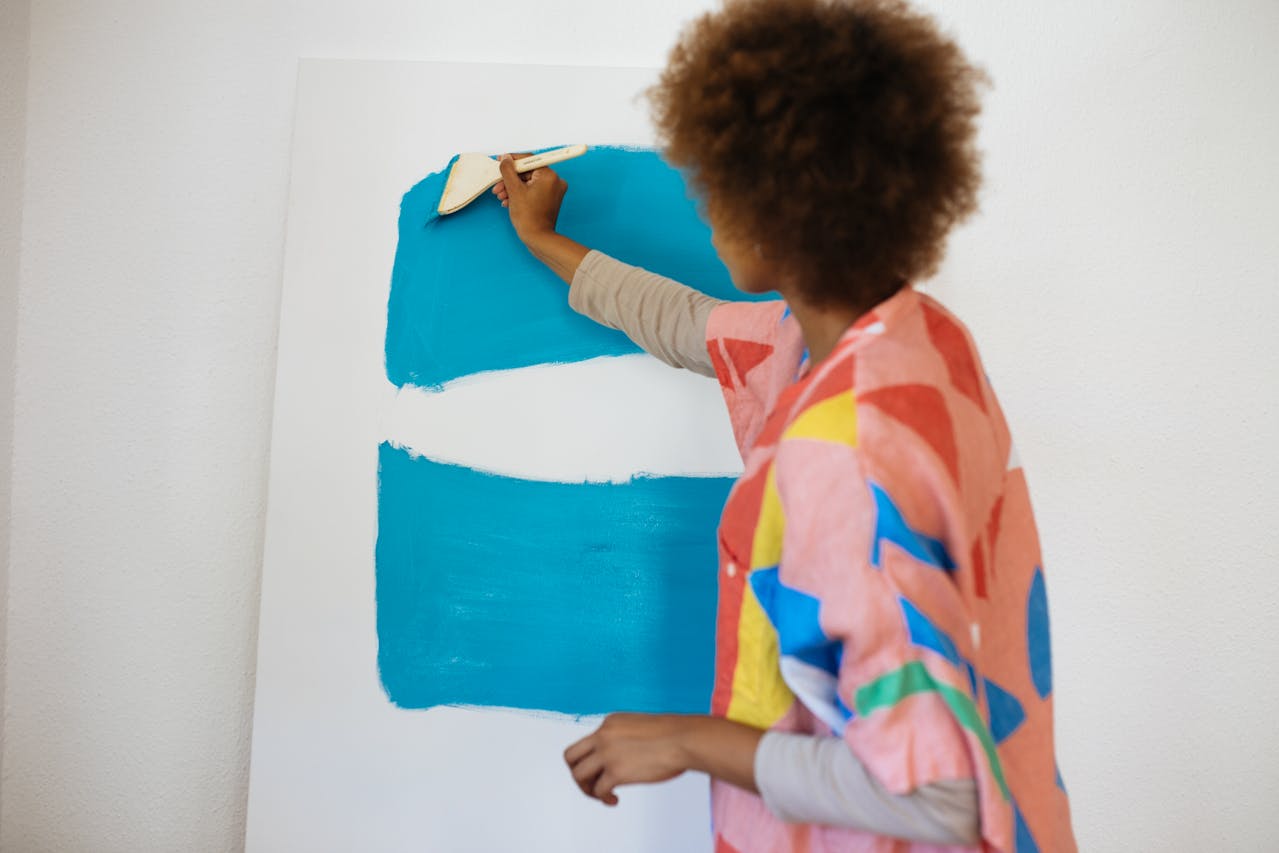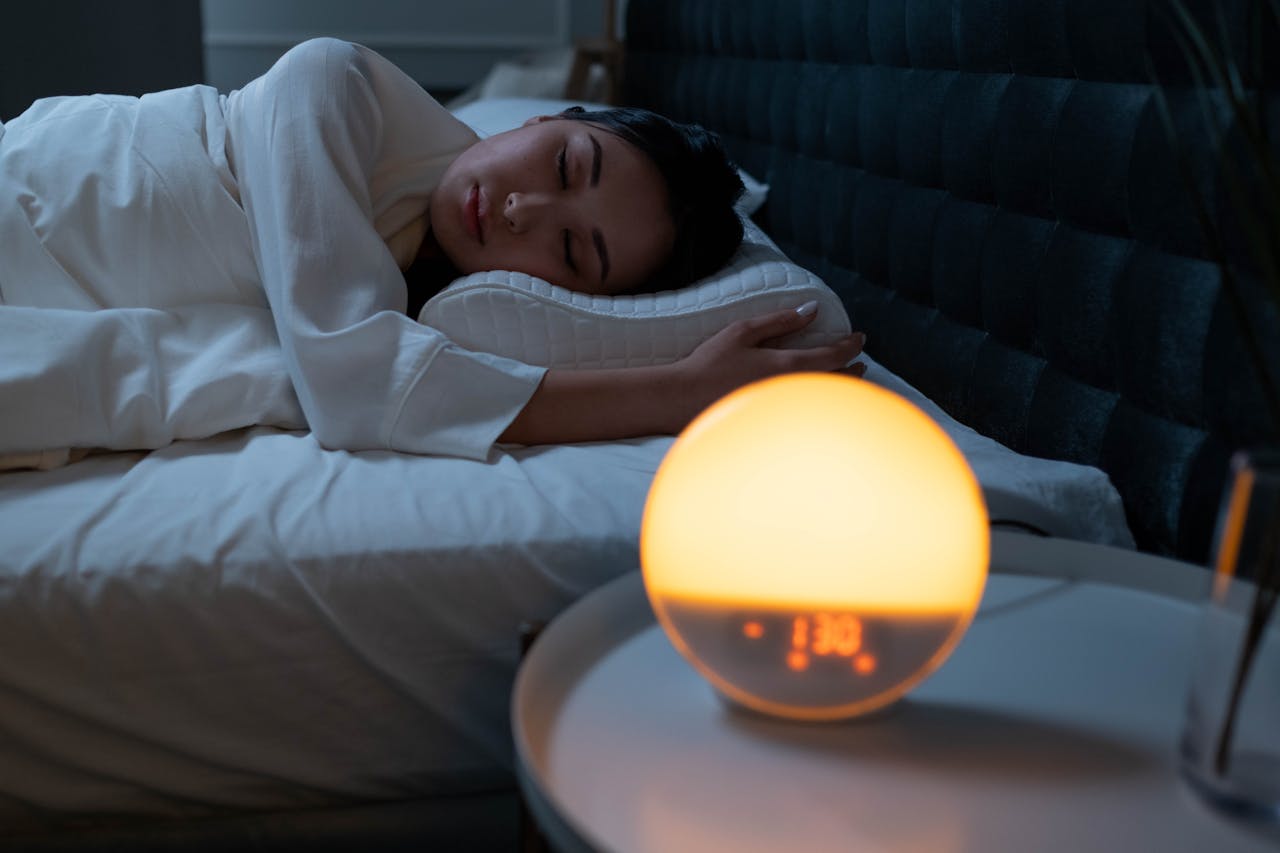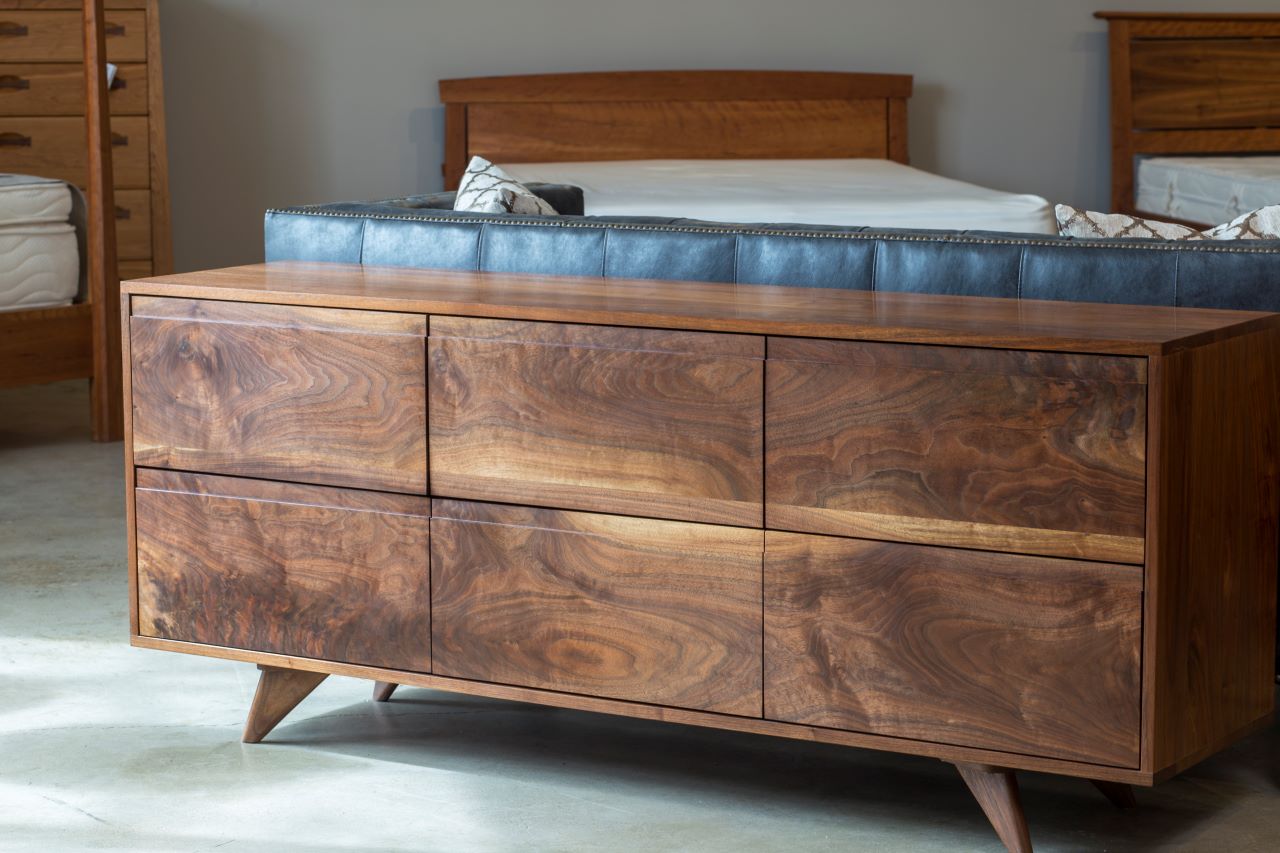In an era dominated by minimalist aesthetics and muted palettes, a vibrant and joyful movement is emerging: dopamine decor. This trend, inspired by the hormone and neurotransmitter associated with pleasure and reward, is about creating a space that makes you feel good.
Let's dive into everything you need to know about dopamine decor and learn how to incorporate it into your home.
What Is a Dopamine Decor?
“Dopamine decor” might seem like a buzzword, and it is, but it's more than just a pretty trend. It’s a conscious design choice rooted in psychology. First off, dopamine is a chemical messenger in the brain. It plays a key role in reward motivation, influencing how we feel pleasure and seek rewarding activities.
The idea behind dopamine decor involves creating spaces that stimulate the senses and evoke positive a connection in our immediate environment. By designing spaces to trigger dopamine responses, we can enhance our well-being.
Now, you’ll find that dopamine decor is often associated with spaces filled with bright colors and whimsical objects. But it’s more than this. It’s a carefully curated aesthetic that balances stimulation with harmony. The goal is to create a space that is personally meaningful and uplifting.
Key Elements of Dopamine Decor
A Happy Color Palette
The cornerstone of dopamine decor is color, and there are actually studies that show how colors impact mental health. While bold colors like sunshine yellow, electric blue, and fiery red seem the obvious choices for a happy space, they are not necessarily the best choice for you. Dive in and ask yourself, “What colors make me happy?”
If you love a vibrant color palette, incorporate neutral colors to create a sense of calm and prevent overwhelming the senses. The opposite, if you feel happier around more subdued hues, add a whimsical pop of color to keep things lively.
Interesting Patterns and Texture
Patterns add depth and visual interest to a space. From geometric prints to floral designs, there’s certainly a pattern out there that can fit your space beautifully. Don’t be afraid to experiment with different patterns to create a playful environment.
Rather than strictly following one interior aesthetic, choose elements you love from various styles. If some pieces clash, balance them out with non-patterned items. Here are some examples of how to balance interesting patterns and textures:
- Use a patterned rug, textured throw pillows, and a solid-colored sofa. The balancing principle here is the “Rule of Three” which you can apply by limiting yourself to using no more than three large and distinct patterns or textures in a space.
- Consider the scale of your patterns and textures with the size of the room. Wallpaper with bold and colorful patterns works well in spacious areas, while they suffocate a smaller room. Does that mean you can’t keep things whimsical in smaller spaces? No. Simply balance bold patterns with areas of visual rest. For example, a large floral print on one wall, with the other walls painted
- Ensure your chosen patterns and textures share a color and complement each other. This creates a sense of cohesion.
- Ground your space with neutral, classic furniture or walls. This provides a calming backdrop for your more vibrant items.
Nostalgia and Whimsy
Incorporating nostalgic and whimsical elements in your space can evoke happiness and comfort. Nostalgia taps into cherished memories. Ponder on the years and sift through favorite places, events, and things. Perhaps a splash of something cerulean reminds you of the time you spent at a beach or how that shade of pink is almost the same as the cozy blanket you had as a child.
Whimsy, meanwhile, adds a playful and lighthearted touch. Whimsical elements aren’t always tied to nostalgia or deeply embedded in your psyche. Think of novel and unconventional items that interest you because they simply do–perhaps things like wallpaper with botanical prints, a mirror with a wavy and colorful frame, or a side table in the shape of a mushroom.
How to Do Dopamine Decor
Don’t Rush, Start Small
If you’re new to dopamine decor, start by incorporating small pops of color or a patterned accent piece. This allows you to gradually introduce the style without feeling overwhelmed. It’s tempting to indulge yourself and fill your space with fun colors and decor. But take your time to find things you like that also last.
Personal Touches Matter
What you like matters most. After all, this is your space. Display items that reflect your personality and interests. Surround yourself with things that inspire you and give you joy.
Of course, aside from personal style, you also need to consider the people you share your space with.
Find Balance
While dopamine decor mostly calls for bold and vibrant decor, it’s important to maintain a sense of balance. Too much stimulation can be overwhelming and defeats the purpose of creating a space that encourages dopamine release. Assign certain points for neutrality so you can have visual rest.
Dopamine Decor in Life
Dopamine decor is more than just a design trend. Some might even argue that it’s a holistic approach to creating spaces that encourage a sense of joy and elevate well-being. So, embrace bold colors and playful patterns, and indulge that inner child who laughs at silly things. Let your imagination run wild and make a space that brings out your smile.



Leave a comment
This site is protected by hCaptcha and the hCaptcha Privacy Policy and Terms of Service apply.